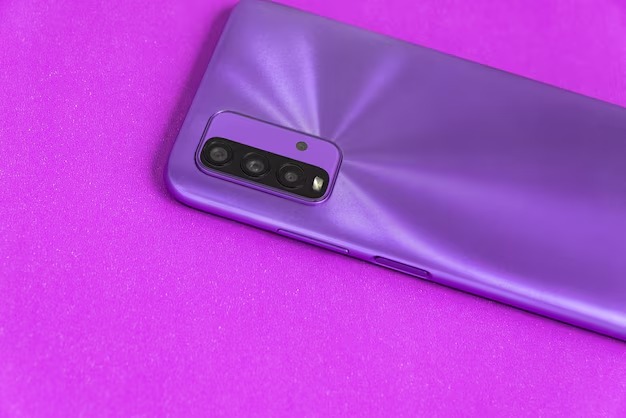Getting a processor can be a difficult task, but choosing the right one is even harder.
Number of cores, frequency, socket, extras; there are many elements you need to consider, and even advanced users can get confused. It’s not uncommon for users to get an excellent –but very expensive- processor they won’t take full advantage of, or, sometimes, the opposite happens.
That’s why we’ve prepared this guide to tell you everything you need to know about getting a new processor.
IPC: what is it and why is it important?
Like we said, there are many elements you need to take a look at, not only the number of cores or frequency.
First we have the IPC, which stand for Instructions per Cycle. As the name implies, the IPC determines the number of instructions the processor can execute in a cycle. The highest the IPC is, the better the performance.
IPC is more important than many people think. Just take a look at the following comparison between different processors when dealing with Cinebench 11.5, where IPC makes a huge difference in performance.

Every tested CPU worked at 3 GHz with a single core, yet some of them performed better than the rest. Why? IPC is the answer.
Nowadays, Intel processors offer the highest IPCs, which translates into more stable FPS rates and less lag.
Number of cores
The most popular programs and games nowadays are designed to take full advantage of quad-core processors.
As of today, quad-core processors are the standard, because the number of programs capable of taking full advantage of processors with more cores is drastically smaller.
This means a processor with eight cores is pretty much useless for the average user, since eight cores are not only very expensive but also excessive for most common tasks nowadays, and when the number of programs that take advantage of eight cores increase to the point of becoming the norm, that processor will be very outdated.
A quad-core Haswell Intel Core i5 is more than enough for most tasks, including gaming.
Most gamers may be wondering: Wouldn’t it be better to get an FX-8350 –with four modules and eight cores-? Especially considering the PS4 and Xbox One feature eight-core APUs.
The answer isn’t as easy as it may seem. An FX-8350 is not a bad choice, especially considering next-gen consoles, but a Core i5 Haswell is still a more intelligent choice.
Why? This CPU offers a massive IPC that will last you for very long, not to mention it’s very good even compared to the APUs of the PS4 and Xbox One, since its IPC is much higher and its base frequency (without over clocking), is twice as high.
In other words, a Core i5 Haswell is far superior to both consoles.
L3 cache
Something no one even considers. L3 cache was a revolutionary feature introduced by the Pentium 4 Extreme Edition in 2003.
That CPU features 2 MB of L3 cache and it offered a much higher performance. Nowadays, most Intel and AMD CPUs feature L3 cache.
What is L3 cache? It’s a small memory used by the CPU, much faster than RAM memory, to perform redundant tasks faster. In other words, this means the L3 cache will save the data from common and repetitive tasks so the processor can easily access this data and avoid performing these tasks over and over.
Frequency
The frequency of the processor is also a very important aspect, although a high frequency’s increase in performance is highly related to the IPC.
As you can appreciate in the following graph, higher frequencies translate into much better performances.
A Phenom II X4 at 3.7 GHz offers the same performance while running Crysis 3 than a Core i7 920 at 2.66 GHz. Why? The highest IPC of Intel processors.
Frequency is important, and since it can be modified, getting a processor with an unlocked multiplier is the most intelligent choice. Intel K series come with an unlocked multiplier, and the same can be said from AMD’s FX series.
Integrated GPU
For some users, especially for those with tight budgets or who don’t want a gaming PC, an integrated GPU can be enough for most tasks or just work as a temporal solution.
Intel has been offering increasingly good integrated GPUs with the HD 4000 and 5000, but the integrated GPUs from AMD are far superior.
Whichever you choose, it all depends on what you need.
If you’re not planning on getting an integrated GPU and you want to spend as little money as possible, the best choice is getting an AMD APU.
HyperThreading and other features
Intel is still offering the HyperThreading in their Core i7 processors and Xeon series. This technology simulates two virtual processors in a single physical one, which means each physical core can handle two threads.
This means a quad-core processor is capable of handling eight cores, something that can increase the performance, but it’s not significantly useful for professional users.
AMD, meanwhile, has opted for a module-core structure, which means their current CPUs’ specs can be quite confusing.
An example: The FX-8350 has four complete modules and eight cores. This means these aren’t complete cores, since each two modules share a core.
Lastly, we have to consider the manufacturing process, since this determines its temperature levels and energy consumption. This means the bigger it is, the hotter it’ll get –and the more energy it will consume-.
Nowadays, Haswell Intel processors use a 22nm manufacturing process, while the FX from AMD stay at 32nm and, therefore, consume more and tend to get hotter.
Final notes
The first thing you need to consider is what are you going to use the processor for, since, like we said, it all depends on what you need.
After that, consider your budget and decide the best processor you can get for the money you have.
As always, we invite you to share your opinions and experiences about the matter with us.





